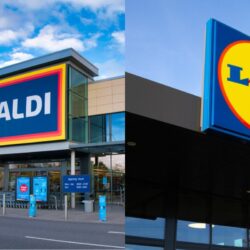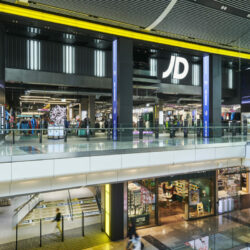Niklas Hedin, CEO, Centiro
This Christmas saw record ecommerce trading figures for UK retailers. According to the British Retail Consortium (BRC), online sales of non-food items were up seven per cent in December 2014 compared to the previous year, reflecting the continuing boom in ecommerce.
In the past, retailers had a fairly static number of delivery destinations and were able to optimise their networks based on product volume; now they must contend with shipping a wider variety of goods to an infinite number of locations with high precision. At the same time, increasingly demanding consumers want to get their hands on goods sooner, which is contracting order-to-delivery windows from weeks and days to hours and even minutes. This new order brings fresh challenges of course, putting greater pressure on order processing systems and delivery networks than ever before.
These retailer challenges were compounded by City Link‘s Christmas Eve administration, which came right in the middle of the biggest ecommerce event in history. Around one million parcels already with City Link were left stuck in depots over the Christmas and New Year period, leaving retailers with a job on their hands to find out when things would be delivered and communicate that news to customers. This highlighted the importance of a scalable and responsive carrier network, because without one they risk damaging customer relationships.
The reality is:
1) It is dangerous for businesses to rely too heavily on a single delivery firm 2) You must have the capability to bring new suppliers in quickly if you‘re experiencing problems
On a practical level, it can be difficult to quickly onboard multiple carriers, and manage them on an ongoing basis, because each one will operate on its own internal process and IT system. Adding a new one into the mix will obviously cause extra complications, meaning a headache for the IT department and – worryingly – presenting an opportunity for mistakes and mix-ups to creep in.
By moving their delivery management operation to the cloud, retailers can begin to overcome the technical complications of the past and provide a more consistent experience to carriers. In addition, retailers can get new carriers on board in a matter of weeks, while at the same time giving them greater visibility and control over performance and cost. For instance, greater visibility into the delivery windows provided by carriers will ensure that retailers aren‘t overselling delivery slots and are able to make more precise delivery promises to customers.
Retailers taking the bull by the horns will be in a great position to develop a more agile carrier network. They will then be able to offer a wide range of delivery options – for example, working with some carriers who can move quickly, or others who offer delivery on evenings and weekends. It will also make them much less vulnerable in a time of crisis.
Having a more robust and flexible carrier network will help retailers greatly improve the overall brand experience for customers. Product delivery is going to become increasingly important as ecommerce continues to become the norm; giving more options for delivery can only serve to foster long-term brand loyalty, because shoppers will know retailers can tailor their service to work around them.

















